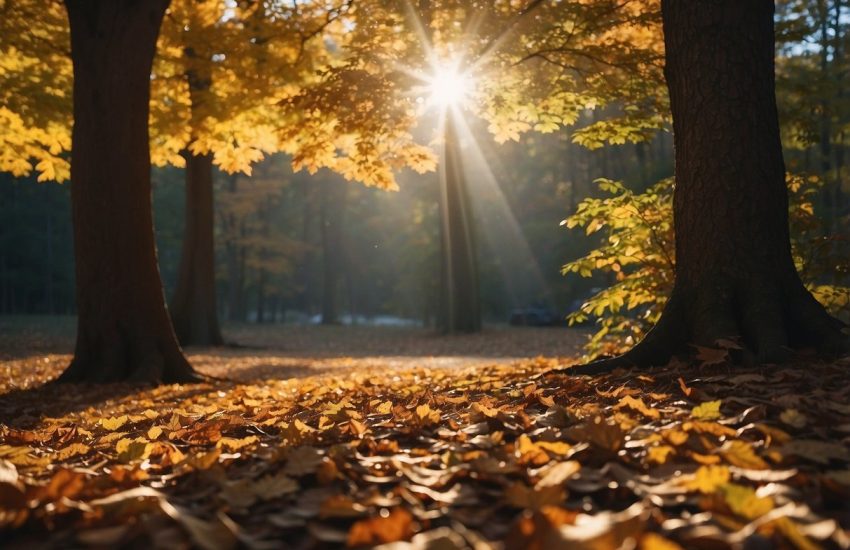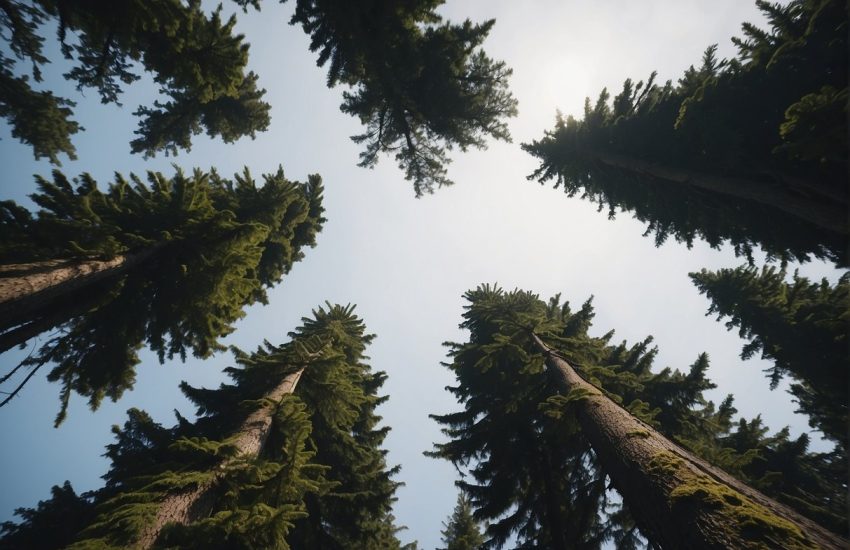Trees for Small Yards in Zone 3: Best Options for Limited Space and Cold Climates
When it comes to landscaping a small yard, finding the right trees can be a challenge, especially if you live in Zone 3 where the winters can be harsh. However, there are several compact and hardy trees that can thrive in tight spaces and still add beauty and value to your yard.

Zone 3 is known for its cold temperatures and short growing season, which can limit the types of trees that can survive in this region. Fortunately, there are several trees that are well-suited for small yards in Zone 3, including dwarf cherry trees, saucer magnolias, and eastern redbuds. These trees are not only compact and easy to maintain, but they also offer beautiful blooms and foliage that can enhance the look of any yard.
Whether you are looking to add color, texture, or shade to your small yard, there are several options to choose from. By selecting the right trees for your space and climate, you can create a beautiful and functional landscape that will thrive for years to come.
Selecting Trees for Zone 3 Small Yards
When it comes to selecting trees for small yards in Zone 3, there are several factors to consider. This section will cover some of the key considerations to keep in mind when choosing the right trees for your space.
Understanding Zone 3 Climate
Zone 3 is characterized by its extreme cold, high winds, and dry conditions. The last frost date in Zone 3 typically occurs around May 15th, while the first frost date is around September 15th. Minimum temperatures can drop as low as -40°F (-40°C). These conditions can make it challenging to grow trees in this area, but there are still many options available.
Best Tree Varieties for Small Spaces
Small yards require trees with a compact size and spread. Dwarf varieties are a popular choice for small yards, as they offer all the benefits of a full-sized tree in a smaller package. Some popular dwarf tree varieties for Zone 3 include Japanese Maple, Serviceberry, Dogwood, Crabapple, Eastern Redbud, Dwarf Alberta Spruce, Kousa Dogwood, Saucer Magnolia, Fringe Tree, and Red Buckeye.
Design Considerations for Small Yards
When selecting trees for small yards, it’s important to consider both the practical and aesthetic aspects of landscaping. Trees can provide privacy, shade, and ornamental value, and can also serve as a specimen tree or front yard focal point. For privacy screens, consider taller evergreen trees like Birch Trees or Picea glauca ‘Conica’. For containers, look for small ornamental trees that can be easily moved around. When designing your yard, keep in mind the hardiness zone, last frost date, first frost date, and low soil temperatures to ensure that your trees will thrive in your specific location.
Overall, selecting the right trees for your small yard in Zone 3 requires careful consideration of factors like size, spread, hardiness, and design. By keeping these considerations in mind, you can create a beautiful and functional landscape that will thrive in even the harshest of conditions.
Maintaining Trees in Small Yards

When it comes to maintaining trees in small yards, there are a few things to keep in mind to ensure they thrive. This section will cover two important aspects of maintaining trees in small yards: caring for them through the seasons and choosing low-maintenance varieties.
Caring for Trees Through the Seasons
It’s important to care for trees through all seasons to keep them healthy and strong. During the growing season, make sure to water trees regularly, especially during dry spells. Trees in small yards may need more water than those in larger yards due to limited access to groundwater.
Pruning is also important for maintaining healthy trees. Regular pruning can help control the tree’s shape and size, and remove any dead or diseased branches. Prune flowering trees after they bloom to avoid removing the buds for next year’s flowers.
In the fall, rake up leaves and other debris to prevent pests and diseases from overwintering in the yard. It’s also important to protect young trees from winter damage by wrapping their trunks with tree wrap or burlap.
Choosing Low-Maintenance Varieties
When selecting trees for small yards, it’s important to choose low-maintenance varieties that require minimal care. Look for trees that are disease-resistant, drought-tolerant, and cold-hardy. Evergreen trees are a great option for year-round foliage, while deciduous trees provide beautiful fall foliage and spring blooms.
Fast-growing trees may seem like a good option for filling in a small yard quickly, but they often require more maintenance and may not be as long-lasting as slow-growing conifers. Consider trees with colorful berries or foliage to add interest to the yard without requiring extra maintenance.
It’s also important to consider the amount of sunlight the tree will receive. Full sun trees require at least six hours of direct sunlight per day, while shade trees thrive in partial to full shade. Urban pollution can also affect tree health, so consider planting pollution-tolerant trees in areas with high levels of pollution.
By choosing low-maintenance trees and caring for them through all seasons, homeowners can enjoy beautiful trees in their small yards without sacrificing too much time or effort.


